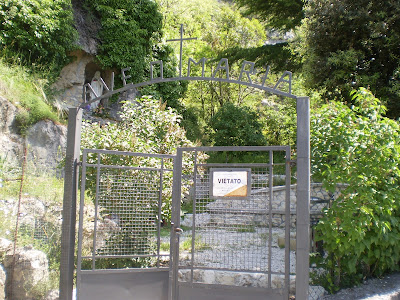Visiting the Vestal Atrium in Rome
My husband and I were quite fortunate to have an archeology major who was our tour guide in Rome. She was a wealth of information and was eager to answer any questions we had, especially from me as I've always been so interested in ancient Roman history and legends, especially the ones that included the Vestal Virgins. I had read about this highly-revered cult of women before our trip and was eager to see anything related to them. But I was not prepared to experience a most Supernatural event while our trip to Pompeii the following day.
I pay tribute to the Sisters in the final piece here.
The Vestals
The Vestals were the most influential women in Rome at the time of King Pompilius back in the 7th century. They were the priestesses of the goddess Vesta. Their main purpose was to keep the eternal flame lit in her sacred temple. It ensured the safety of the city, as well as security and prosperity in the hearth and homes of families.
Vestals were chosen at the young age of six and seven and would take a vow of celibacy for thirty years to serve. After that time they would be free to leave and marry. They received money from the public treasury and even had a high priest, the Pontifex Maximus who was appointed to watch over them. They were highly-revered by the Roman people. They did have exclusive privileges, however. Those being able to own property, attend public games, and even had special seating at important events. I guess it was like having a Loge seat at a Dodgers game today.
Dedication to the order did have its drawbacks. Should a Vestal break her vow of chastity or relent on her duties she would be whipped by a high priest, stoned, or buried alive. A few did however end up with the latter.
The cult ended in 391 A.D. when Emperor Theodosius came to power and claimed them to be a pagan cult.





















